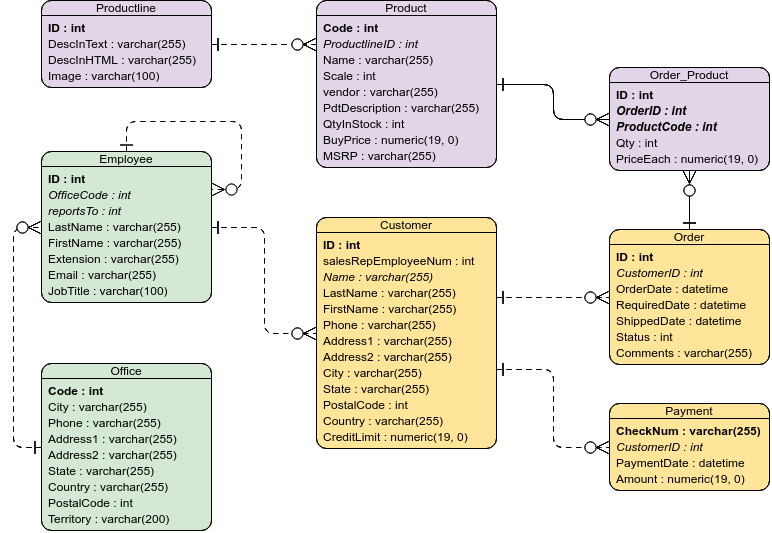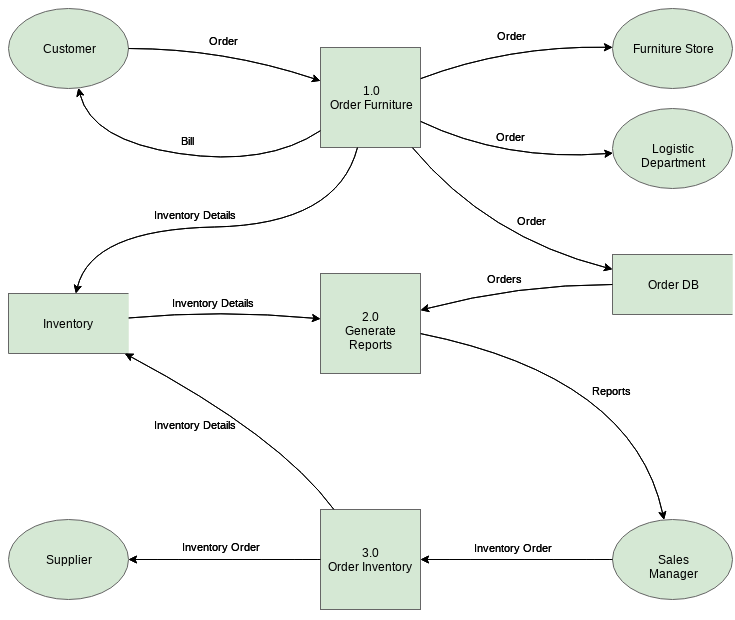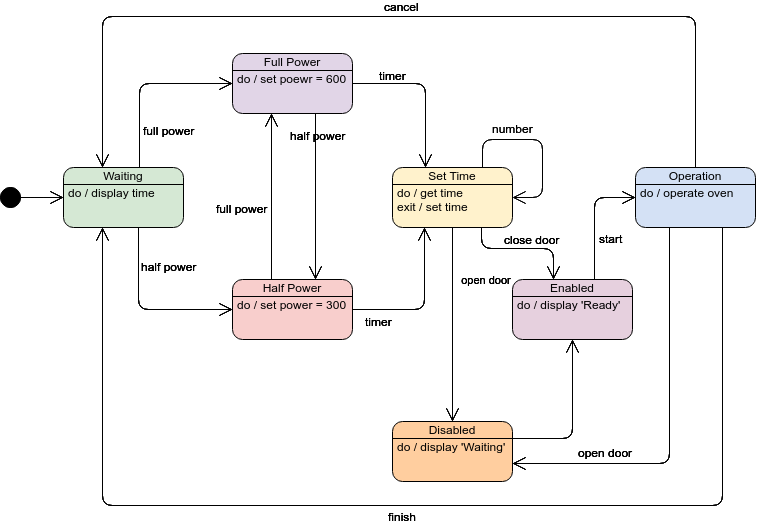Structured Systems Analysis and Design Method (SSADM) structural systems analysis and design methods, standards set in the early 1980s development, is widely used in the design and application of the calculation British government programs. It uses a combination of text and diagrams for system design throughout the life cycle, from the initial design concept to the application of actual physical design.
Origin of SSADM
SSADM was produced for the Central Computer and Telecommunications Agency, a UK government office concerned with the use of technology in government, from 1980 onwards.
What is SSADM?
The three most important techniques that are used in SSADM are as follows:
Logical Data Modelling
The process of identifying, modelling and documenting the data requirements of the system being designed. The result is a data model containing entities (things about which a business needs to record information), attributes (facts about the entities) and relationships (associations between the entities).

Data Flow Modelling
The process of identifying, modelling and documenting how data moves around an information system. Data Flow Modeling examines processes (activities that transform data from one form to another), data stores (the holding areas for data), external entities (what sends data into a system or receives data from a system), and data flows (routes by which data can flow).
Example

Entity Behavior Modelling
A two-stranded process: Entity Behavior Modelling, identifying, modelling and documenting the events that affect each entity and the sequence (or life history) in which these events occur, and Event Modelling, designing for each event the process to coordinate entity life histories.

Edit the above State Diagram Online
These three system models provide a different perspective on the same system. In the design, each perspective needs to form a complete system model. The three technologies refer to each other to ensure the integrity and accuracy of the entire application.
Traditional Waterfall Development Phases
SSADM is a waterfall method for the analysis and design of information systems. SSADM can be thought to represent a pinnacle of the rigorous document-led approach to system design, and contrasts with more contemporary agile methods such as DSDM or Scrum.
- Feasibility Study — Analyze business areas to determine if the system can cost effectively to support business requirements.
- Requirements Analysis — determine the requirements that the system will develop, and the current business environment is modeled after the process of clauses and data structures involved.
- Requirements Specification — identify detailed functional and non-functional requirements, and introduce new technologies to define required processes and data structures.
- Logical System Specification — Technical system options are production and logical design updates and query processing and system dialogue.
- Physical Design — physical database design and a set of program specifications Program specifications are using the logical system specification and the technical system specification.
This post is also available in Deutsch, Español, فارسی, Français, Bahasa Indonesia, 日本語, Polski, Portuguese, Ру́сский, Việt Nam, 简体中文 and 繁體中文.













